The Masters: 16 Little-Known Facts About Augusta National
Michael FitzpatrickFeatured ColumnistApril 5, 2011The Masters: 16 Little-Known Facts About Augusta National

We all know that the Masters is a sporting event rich in history and tradition. But how did traditions such as the green jacket and the Champions Dinner come about? Who came up with these ideas?
Here are 16 little-known facts about the Masters and Augusta National that may help in answering some of these questions.
The Augusta National Invitational
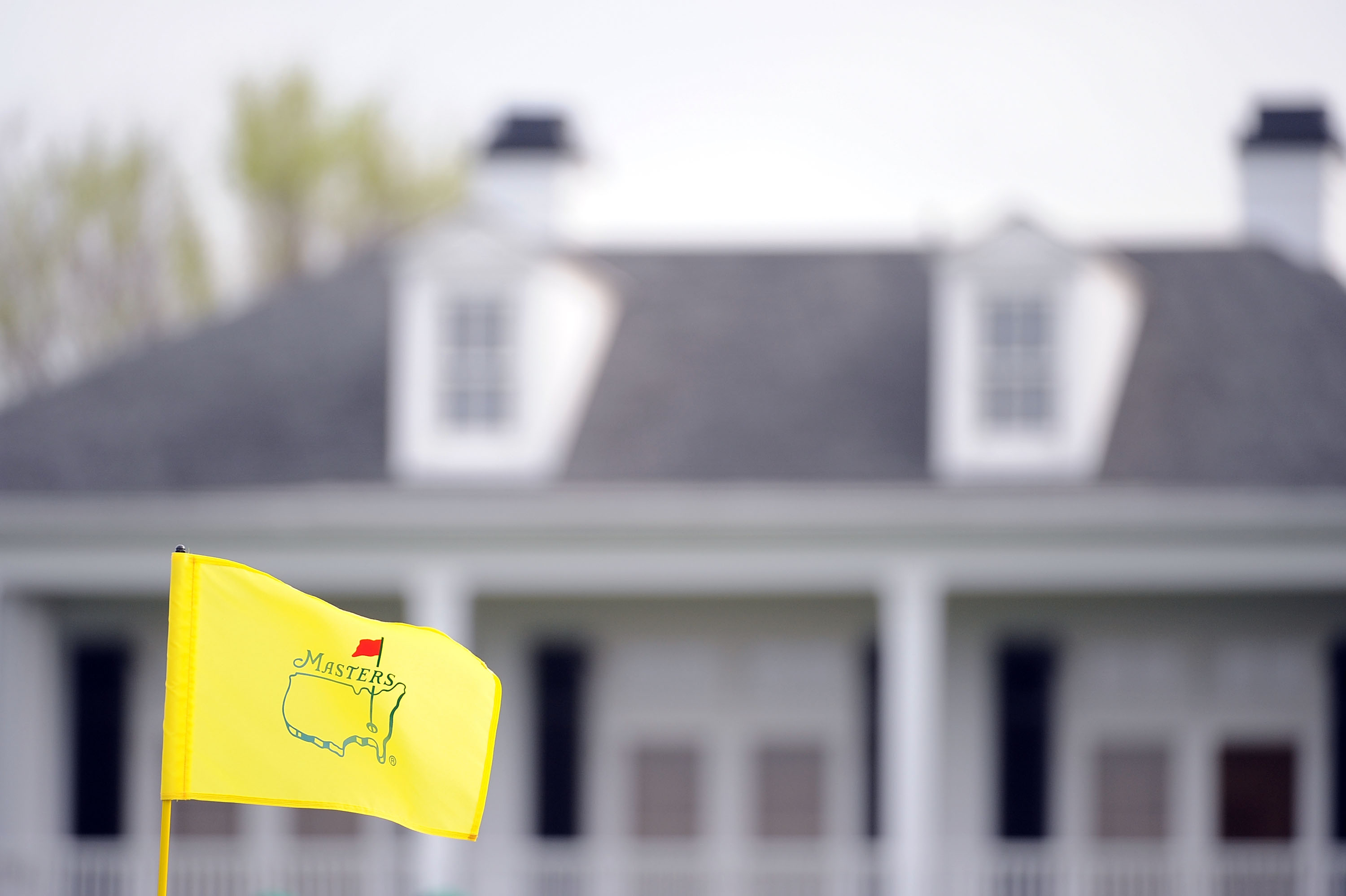
The Masters didn't become the Masters until 1939.
All champions between 1934 and 1938 actually won the Augusta National Invitational and not the Masters.
To make the tournament sound more prominent, and much to the dismay of the normally humble Bobby Jones, the name was changed in 1939 to the Masters.
The Shot Heard 'Round the World

Most golf fans will have heard of Gene Sarazen's double eagle on the par-five 15th during the 1935 Masters. It has come to be known as "the shot heard 'round the world."
However, what many people don't know is that Walter Hagen played a big part in this memorable Masters moment.
Hagen was playing alongside Sarazen that afternoon and Sarazen could not decide on a club for his second shot while standing in the middle of the 15th fairway.
Finally, Hagen yelled over from the side of the fairway, "Hurry up, will ya? I've got a date tonight."
This caused Sarazen to finally decide on a 4-wood, which he then belted 235 yards and right into the hole for a double eagle.
What many don't know about the 1935 Masters is that Sarazen's double eagle on 15 only helped him come back and tie Craig Wood for the lead after 72 holes.
Wood and Sarazen would take part in a 36-hole playoff the following day, which Sarazen won by a score of 144-149.
When Did the Green Jacket Tradition Start?
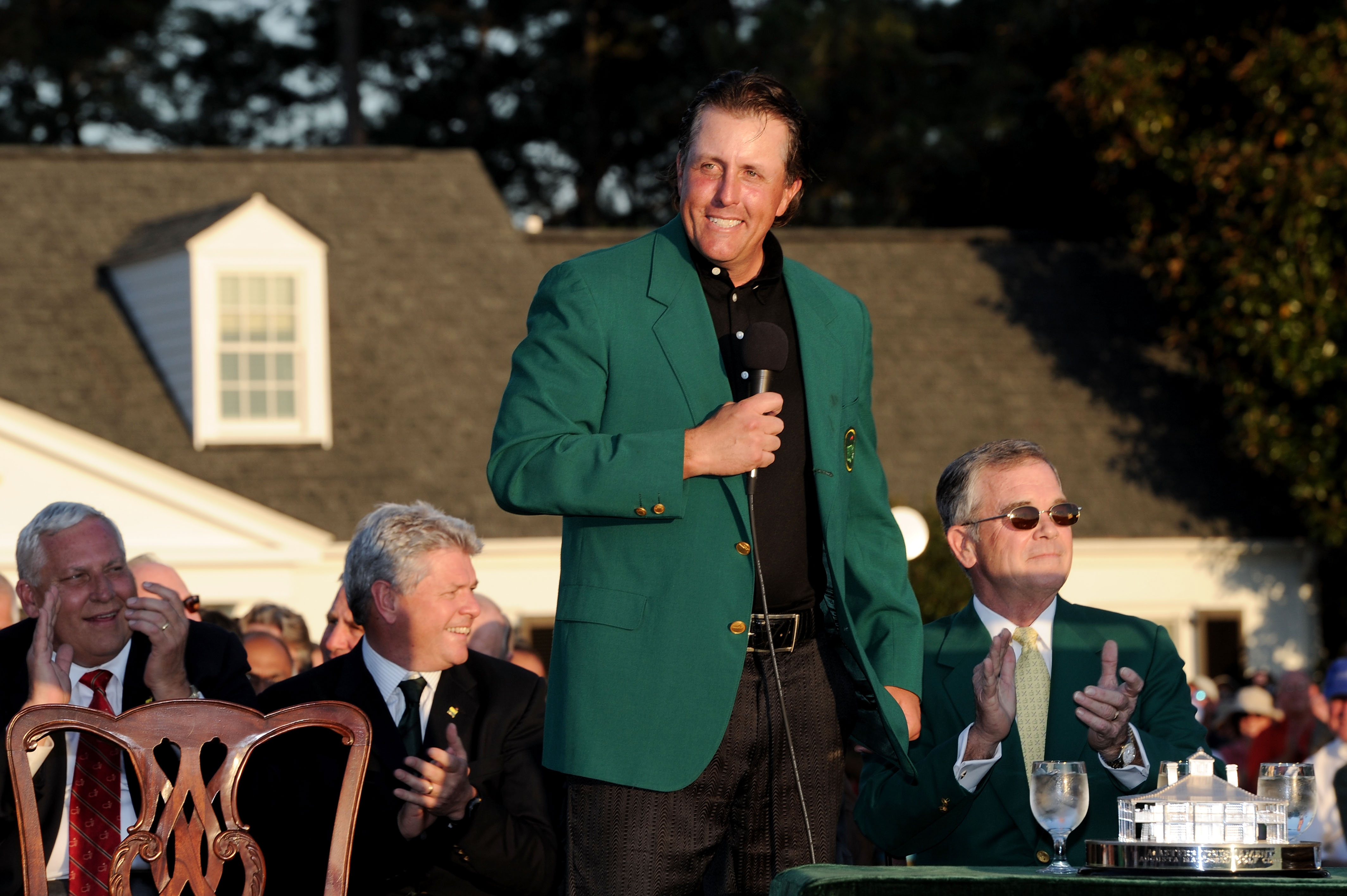
Members first began wearing green jackets in 1939 as a way for patrons to recognize them if they needed help or had questions about the tournament or the golf course.
The tradition of awarding the tournament winner a green jacket did not begin until 1949, and Sam Snead was the first player to slip into a green jacket after winning the Masters.
How Did the Champions Dinner Come About?

In 1952, Ben Hogan came up with the idea of holding a champions dinner to gather all previous tournament winners.
The idea was accepted by the "green coats" and has been a yearly tradition even since.
The winner of the previous year's tournament always has the honor of selecting the menu for the following year's Champions Dinner...and yes, Phil Mickelson will have meat on the menu this year.
Rae's Creek
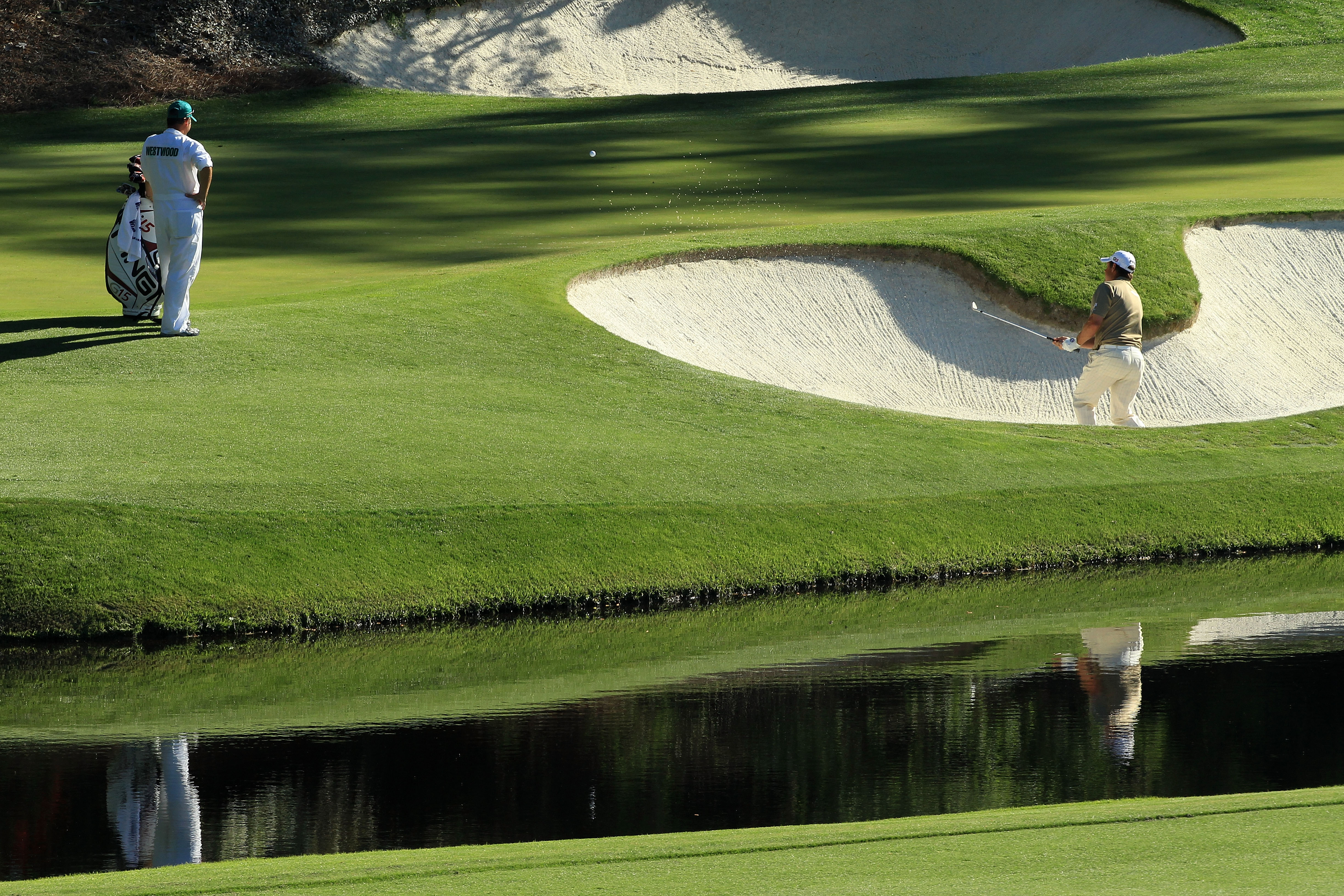
Every golf fan on the face of the planet has heard of Rae's Creek.
It's a small creek running through Amen Corner where many Masters dreams have met a watery death.
But who is Rae?
Well, Rae's Creek is named after former property owner John Rae, who passed away in 1789.
The creek was named long before Americans even know what golf was, and now plays a leading role in just about every Masters.
A Rookie Masters Winner?

Rickie Fowler may be one of the favorites heading into this week's Masters, but history is certainly not on his side.
Since 1940, when the Masters truly began to evolve into a major championship, only one man has won the tournament during his first trip to Augusta National, and that was Fuzzy Zoeller in 1979.
Of course it's possible that a rookie Masters participant can win, but it's highly unlikely.
Phil Mickelson Back-to-Back?
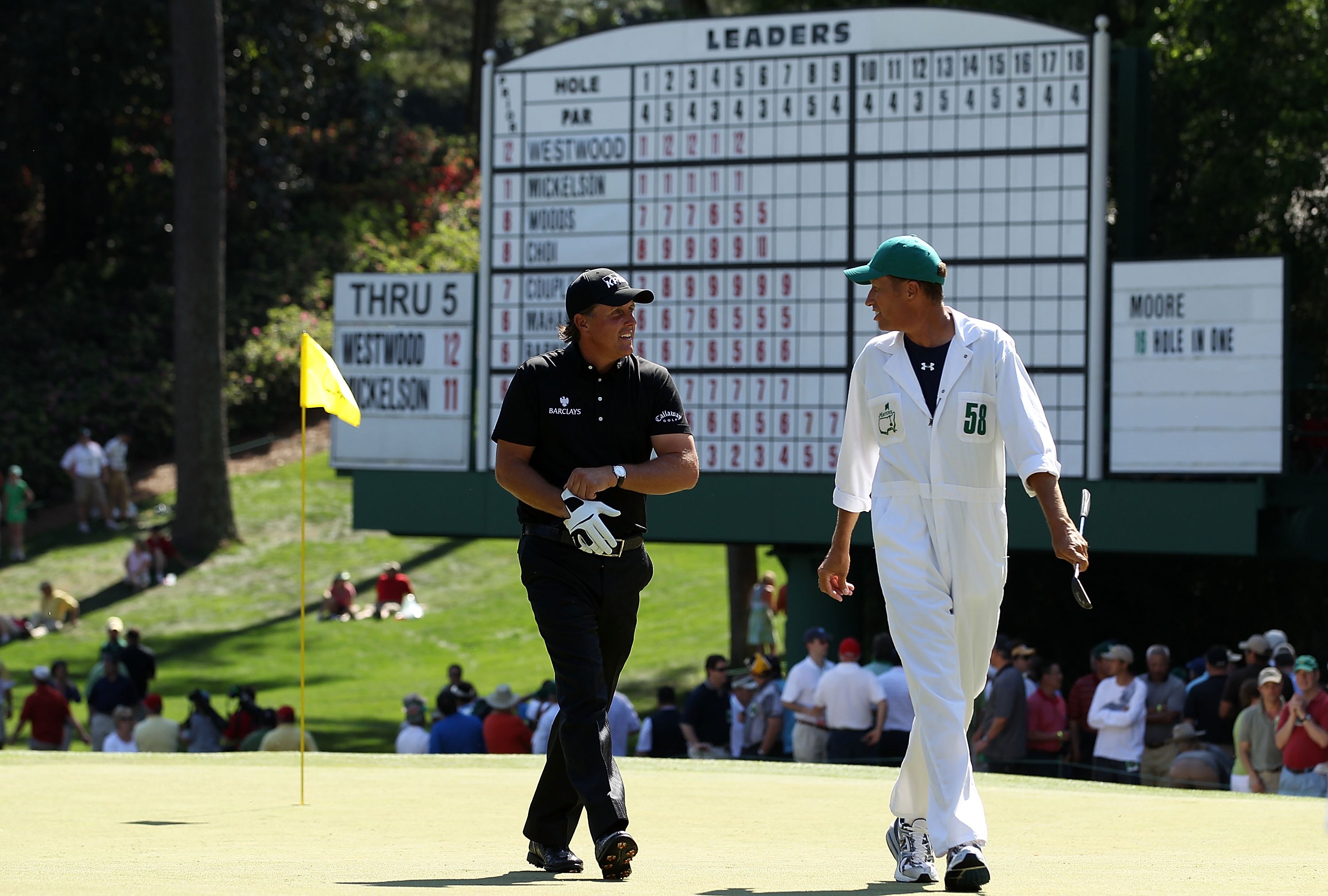
Phil Mickelson may be one of—if not the—favorites to win his second consecutive Masters this week. But like Fowler, history is not on Mickelson's side.
In the 75-year history of the Masters, only three men have ever won back-to-back titles:
Jack Nicklaus—'65 and '66.
Nick Faldo—'89 and '90.
Tiger Woods—'01 and '02.
If Mickelson were to help himself into a green jacket on Sunday afternoon, he would be only the fourth man in Masters history to do so.
First Live Overseas Broadcast

The 1967 Masters was the first sporting event ever broadcast live to an overseas audience.
Sporting events had been broadcast overseas prior to 1967, but not live.
When the BBC broadcast the 1967 Masters live to a British audience via satellite, it literally opened up a whole new world in sports broadcasting and television in general.
Why Not Bring the Whole Family?

To this day, children of Masters badge-holders between the ages of eight and 16 can enter the grounds for free when accompanied by the badge-holder.
Sandwiches also still cost under $3 at concession stands at Augusta National.
Walk down Magnolia Lane and you are literally transported back to 1950.
Ahh, if only the rest of the world fought modernization like this little piece of heaven in southern Georgia.
The War Years
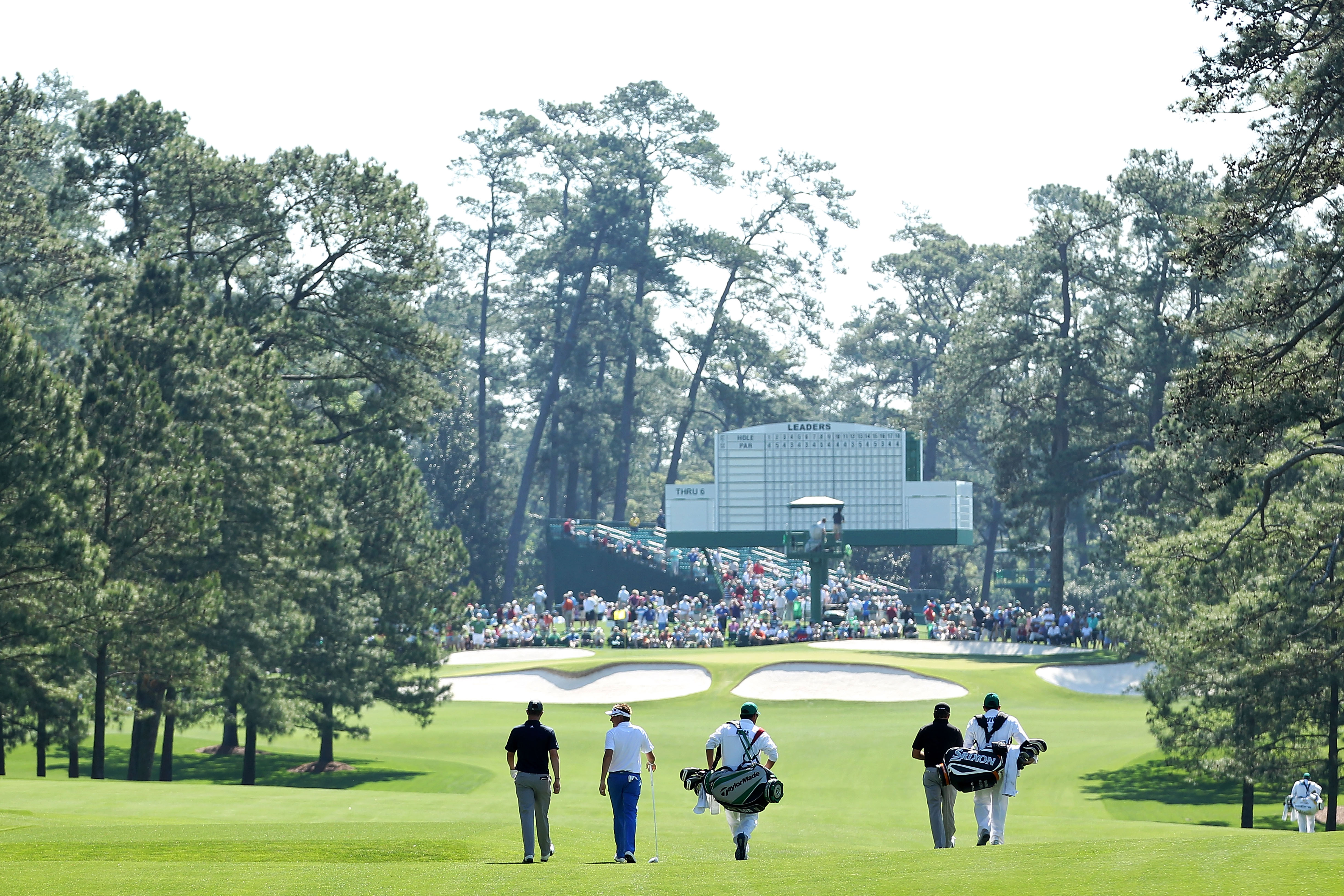
Between 1943 and 1945, the Masters tournament was suspended due to World War II.
During that time, the property was used to raise cows and turkeys to help out in the war effort.
Of course, many thought this to be a very noble gesture. But like most of Augusta National's "noble gestures," the club's motives were also served.
Augusta National was struggling financially at the time and Clifford Roberts thought that by raising cows and turkeys on the land, he would reduce any overgrowth on the course and save the course's design.
So, yes, Augusta National was used to raise turkeys and cows in support of World War II, but mostly because they were a lot cheaper than lawn mowers.
Multiple Masters Winners

Only 16 men have won multiple Masters titles, and one of those men technically never won the Masters.
Horton Smith won two out of the first three tournaments held at Augusta National, only it was called the Augusta National Invitational at the time.
We'll give him a pass, though, and call him a multiple Masters champion.
A European Invasion?

Europeans currently hold five of the top six spots in the official World Golf Rankings.
However, in the 75-year history of the Masters, only 16 Europeans have ever won the event.
Seve Ballesteros was the first in 1980, and Jose Maria Olazabal was the last in 1999.
If a European slips into a green jacket this Sunday, it will be the first time in more than a decade that a European has claimed a Masters title.
Caddies
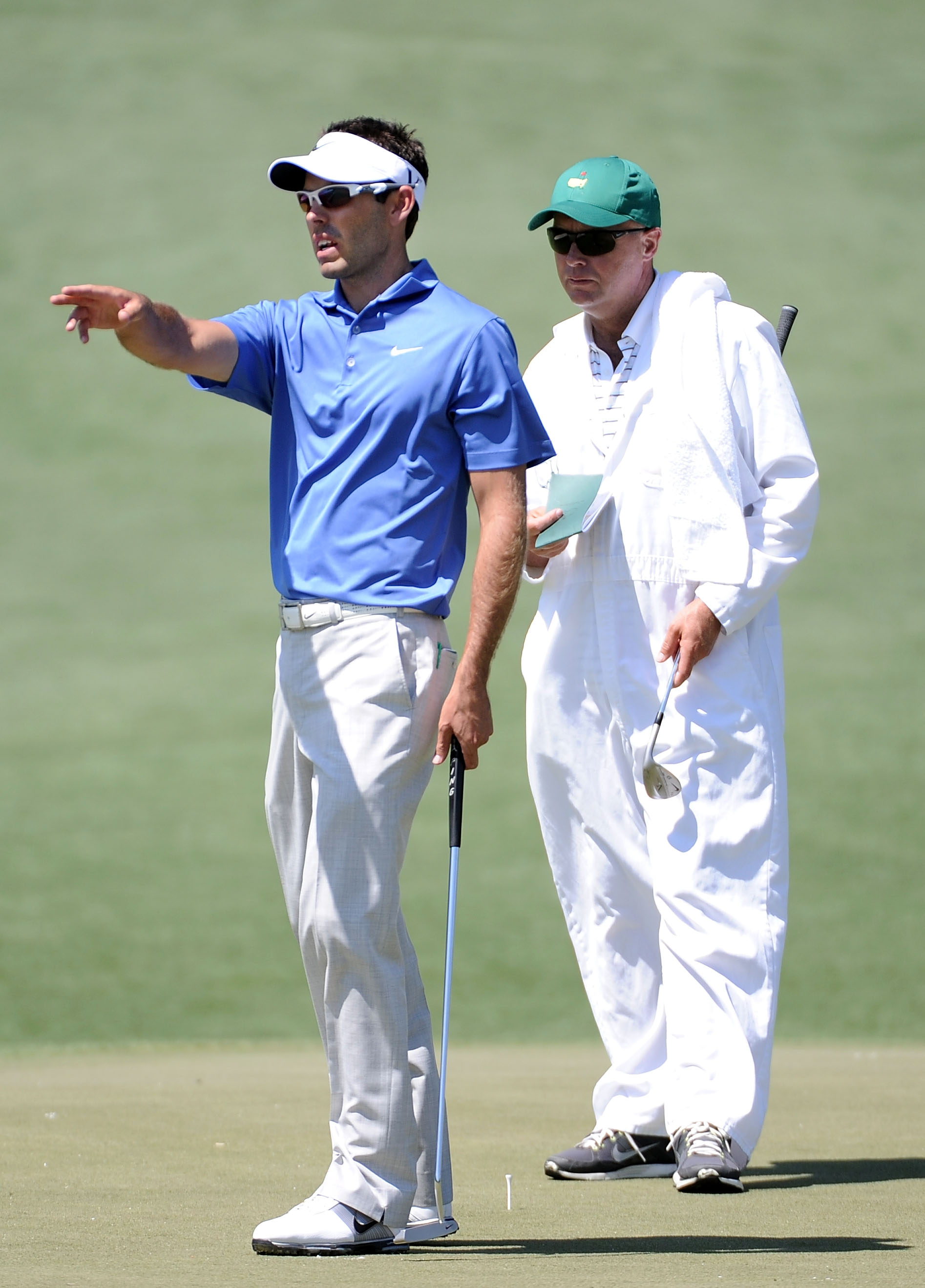
1982 was the first year that players were allowed to bring their own caddies to the Masters.
Prior to that, all players were assigned local caddies for the duration of the event.
That's good for the professional caddies, but a big shock to the pockets of the local Augusta National caddies, who probably know every inch of the course better than any current or former professional, or their regular, weekly caddies.
U.S. Open Denial

How did the Augusta National Invitational come about in 1934?
Well, it was the result of Augusta National being denied as a U.S. Open venue.
You deny Augusta National the U.S. Open, well then, they'll just create their own event and players and patrons will come from far and wide for the opportunity to play alongside of and witness Bobby Jones competing publicly for the first time since the 1930 U.S. Amateur Championship.
You may have had your Open, but Augusta National had Bobby Jones—it was no contest.
Arnie's Army
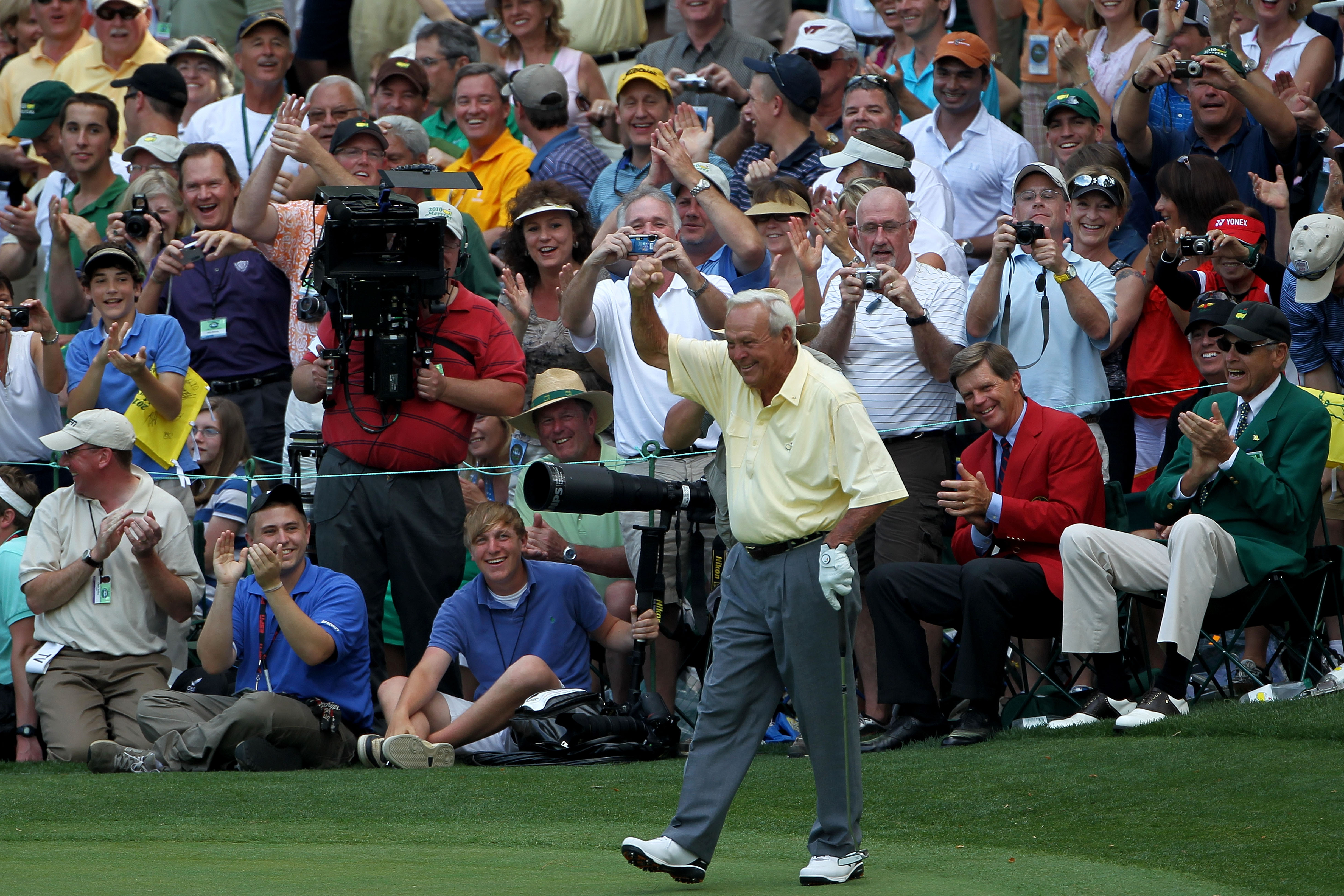
Arnie’s Army originated during the 1958 Masters, when Augusta National let military personnel from a nearby army base onto the grounds for free and they were recruited as volunteers to man the scoreboards throughout the course.
As might be expected—Palmer being a former military man himself—the military personnel on the grounds immediately took a liking to him. As Palmer passed by one of the scoreboards during the 1958 Masters, a member of the military hung a sign saying “Arnie’s Army,” and thus "The King’s Army" was born.
The Honorary Starter
- Jock Hutchison, 1963–73
- Fred McLeod, 1963–76
- Gene Sarazen, 1981–99
- Byron Nelson, 1981–2001
- Ken Venturi, 1983
- Sam Snead, 1984–2002
- Arnold Palmer, 2007–
- Jack Nicklaus, 2010–

The honorary starter tradition began in 1963 when Jock Hutchinson and Fred McLeod hit the honorary opening tee shots. It’s a tradition that has stuck ever since, with Jack Nicklaus and Arnold Palmer being the most recent honorary starters in 2010.
Only eight men have ever been honorary starters at the Masters.
For more golf news and analysis, as well as continued Masters coverage, check out The Tour Report.